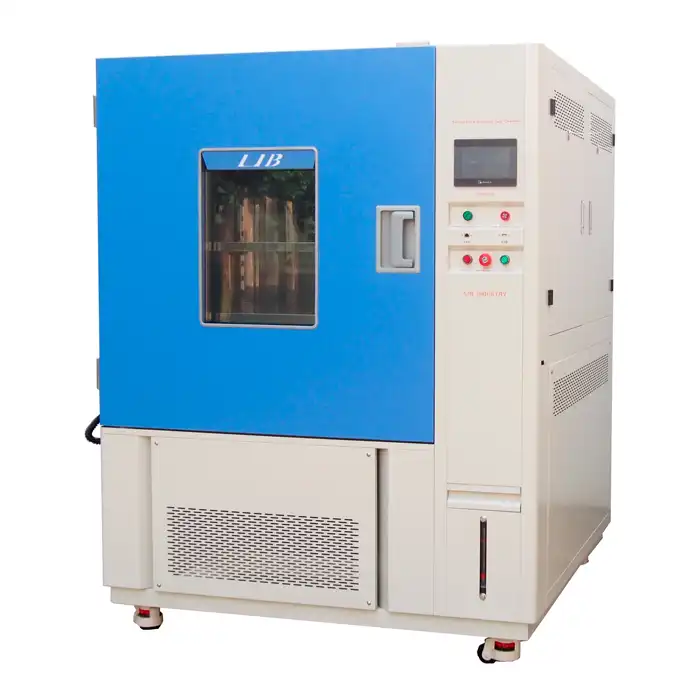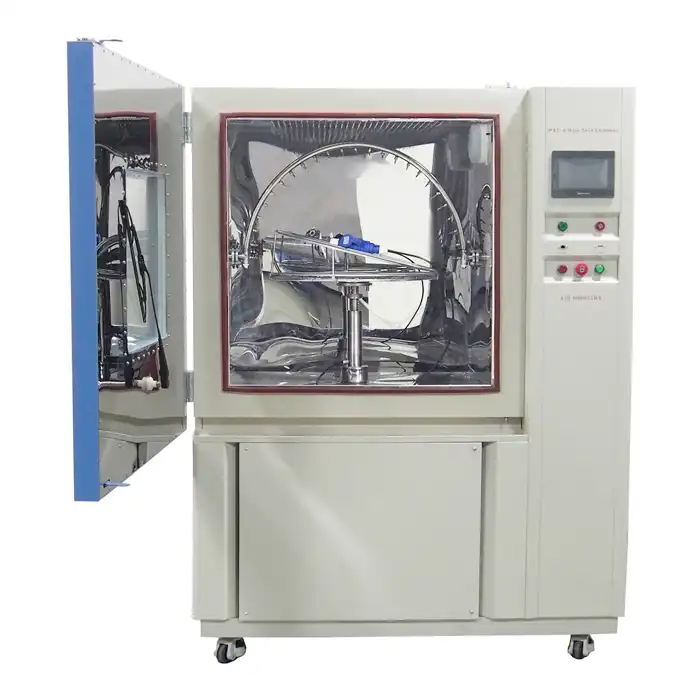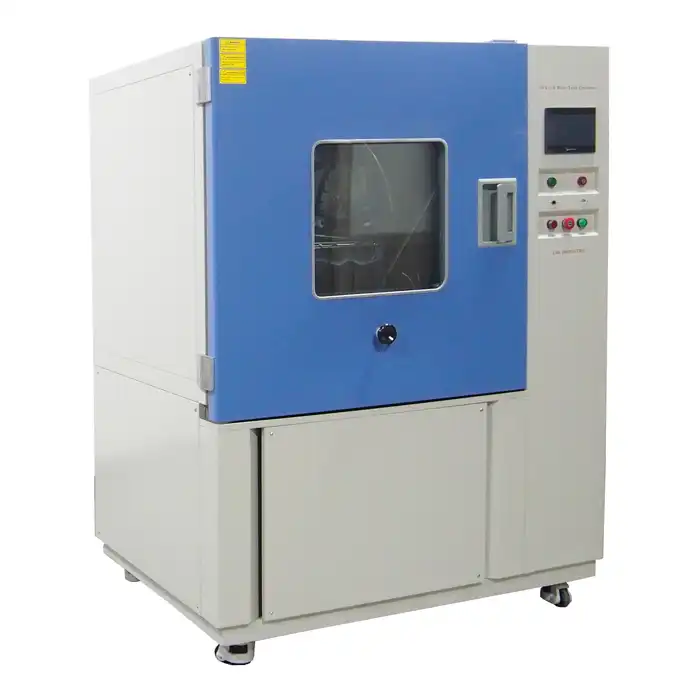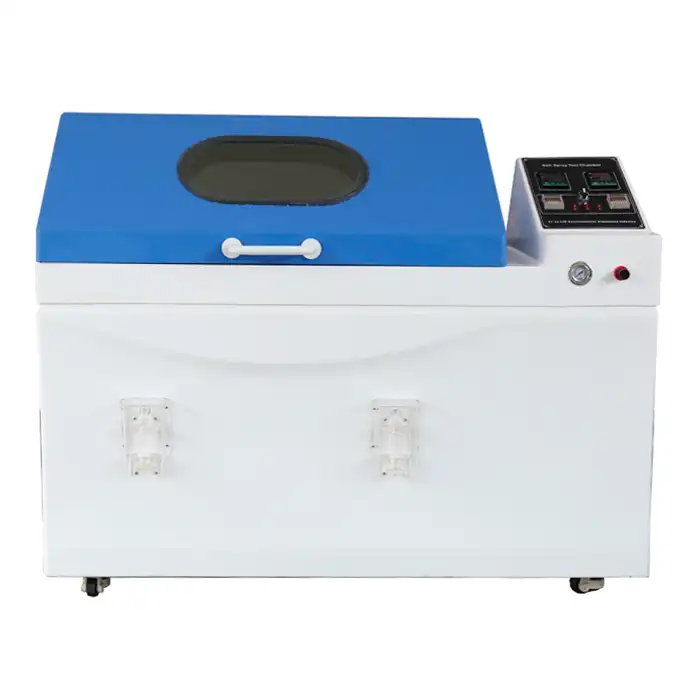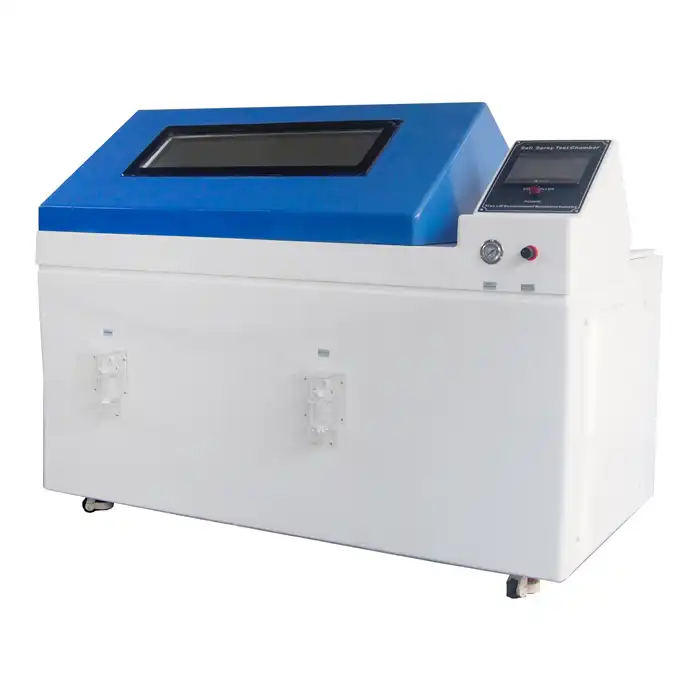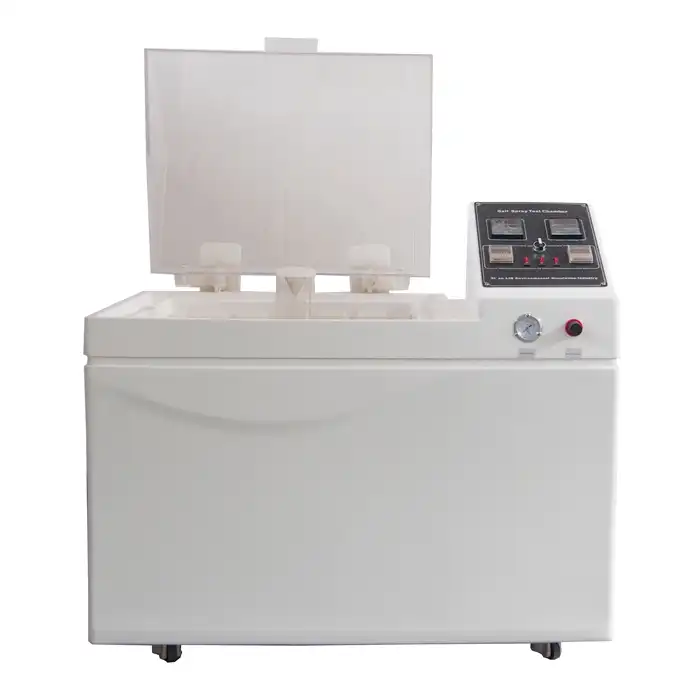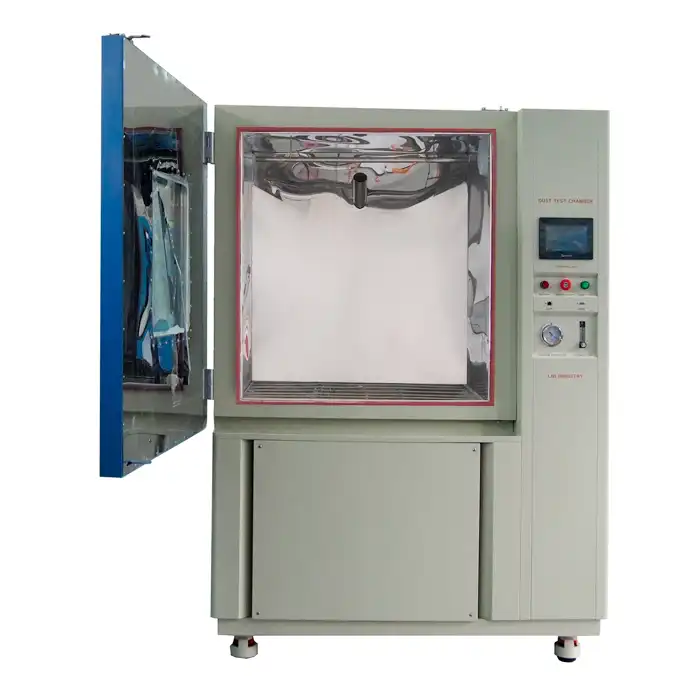What is the direct method of shelf life testing?
Shelf life testing is a critical process in product development and quality assurance, particularly in industries such as food, pharmaceuticals, and cosmetics. Among the various methods available, the direct method of shelf life testing stands out as a reliable and accurate approach. This article delves into the intricacies of the direct method, its applications, and the role of shelf life test chambers in this essential process.
The Direct Method of Shelf Life Testing
Definition and Principles
The direct method of testing a product's shelf life, also known as real-time testing, entails storing it in normal conditions and evaluating it on a regular basis until the product reaches the end of its shelf life. This technique gives the most dependable outcomes as it emulates the genuine circumstances items will experience during capacity and appropriation.
Advantages of the Direct Method
One of the primary advantages of the direct method is its high accuracy. By subjecting products to real-world conditions, manufacturers can obtain reliable data on how their products will perform over time. This method also allows for the detection of unexpected changes or degradation that may not be apparent in accelerated testing methods.
Limitations and Considerations
While the direct method offers unparalleled accuracy, it does have some limitations. The most significant drawback is the time required to complete the testing, which can be particularly challenging for products with long shelf lives. This method also requires substantial resources, including storage space and personnel for ongoing monitoring and evaluation.
The Role of Shelf Life Test Chambers in Direct Testing
Features of Shelf Life Test Chambers
Shelf life test chambers are essential for evaluating the longevity and stability of products under controlled environmental conditions. These chambers allow manufacturers to simulate various storage scenarios by precisely regulating factors like temperature, humidity, and light exposure. Some advanced models also offer gas composition control, making them ideal for studies involving modified atmosphere packaging. With these capabilities, manufacturers can assess how their products will perform over time, ensuring quality, safety, and regulatory compliance. Shelf life test chambers play a crucial role in industries like food, pharmaceuticals, and cosmetics, where product stability is critical for consumer satisfaction and safety.
Benefits of Using Shelf Life Test Chambers
Using shelf life test chambers offers manufacturers a reliable way to assess product durability by maintaining consistent and controlled testing environments. These chambers eliminate unpredictable variables, ensuring more accurate and reproducible results. This precision is particularly beneficial for comparing product performance under different conditions or studying how specific factors like temperature and humidity impact stability. With greater control, manufacturers can confidently evaluate the shelf life of their products, making informed decisions on packaging, storage, and quality assurance, ultimately helping to meet safety standards and extend product longevity.
Types of Shelf Life Test Chambers
Shelf life test chambers come in different types to suit various testing needs. Walk-in chambers are designed for large-scale testing, providing ample space to accommodate bulk samples and simulate extensive storage conditions. Reach-in chambers, on the other hand, are more suitable for smaller batches and offer flexibility in testing a range of products. Some models feature advanced functionalities such as programmable temperature and humidity cycles, which enable the simulation of fluctuating environmental conditions over extended periods. These specialized features help manufacturers accurately replicate real-world storage scenarios and assess how products will perform over time.
Implementing the Direct Method with Shelf Life Test Chambers
Designing the Test Protocol
When implementing the direct method of shelf life testing using a shelf life test chamber, careful planning is essential. The test protocol should outline the specific conditions to be maintained, the duration of the study, and the intervals at which product evaluations will be conducted. It's crucial to consider factors such as product characteristics, packaging materials, and intended storage conditions when designing the protocol.
Monitoring and Data Collection
Throughout the testing period, regular monitoring and data collection are vital. This may involve physical inspections, chemical analyses, microbiological tests, and sensory evaluations. Modern shelf life test chambers often come equipped with data logging capabilities, allowing for continuous monitoring of environmental conditions and automated alerts if any deviations occur.
Interpreting Results and Determining Shelf Life
As the testing progresses, the collected data is analyzed to identify trends and determine the point at which the product no longer meets quality standards. This information is used to establish the product's shelf life and may also provide insights into potential improvements in formulation or packaging. The comprehensive nature of direct method testing often yields valuable data that can inform future product development and quality assurance strategies.
Conclusion
In conclusion, manufacturers have a powerful tool for ensuring product safety and quality when the direct method of shelf life testing is combined with the precision of shelf life test chambers. While it might require a critical speculation of time and assets, the exactness and unwavering quality of the outcomes make it a vital methodology in numerous enterprises. As innovation keeps on propelling, we can hope to see significantly more refined time span of usability test chambers that will additionally upgrade the proficiency and viability of direct technique testing.
If you want to learn more about this kind of Shelf Life Test Chamber, welcome to contact us info@libtestchamber.com.
References
1. Johnson, M. R., & Smith, K. L. (2019). Principles of Shelf Life Testing: A Comprehensive Guide. Journal of Food Science and Technology, 56(3), 1245-1260.
2. Zhang, Y., & Chen, X. (2020). Advancements in Shelf Life Test Chamber Technology. International Journal of Environmental Testing, 12(2), 78-95.
3. Thompson, A. K. (2018). Direct vs. Accelerated Shelf Life Testing: A Comparative Analysis. Food Quality and Shelf Life, 3(1), 15-30.
4. Patel, S., & Nakamura, H. (2021). The Impact of Environmental Factors on Product Stability: Insights from Shelf Life Testing. Journal of Pharmaceutical Sciences, 110(4), 1689-1701.
5. Rodriguez-Lopez, J., & Garcia-Martinez, E. (2022). Optimization of Shelf Life Test Protocols for Perishable Goods. International Journal of Food Microbiology, 365, 109523.
6. Brown, L. M., & Wilson, D. R. (2020). Statistical Analysis of Shelf Life Data: Best Practices and Emerging Trends. Quality Assurance and Safety of Crops & Foods, 12(3), 1-14.



_1731062079549.webp)
